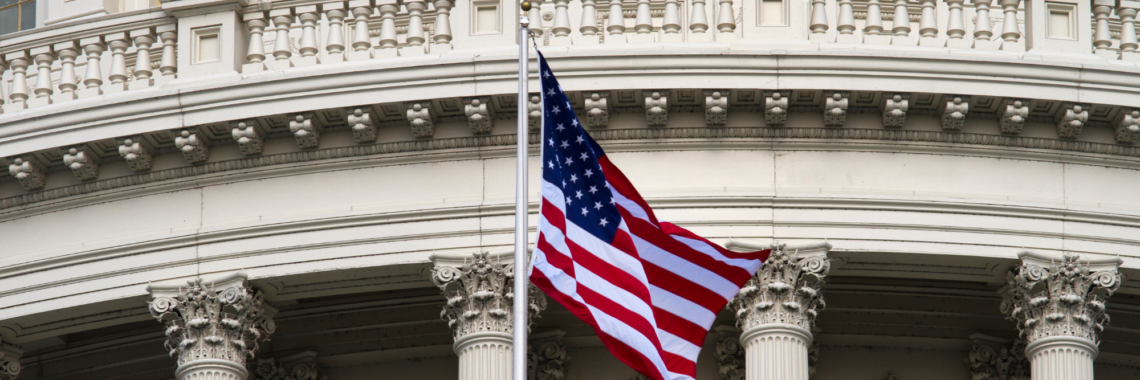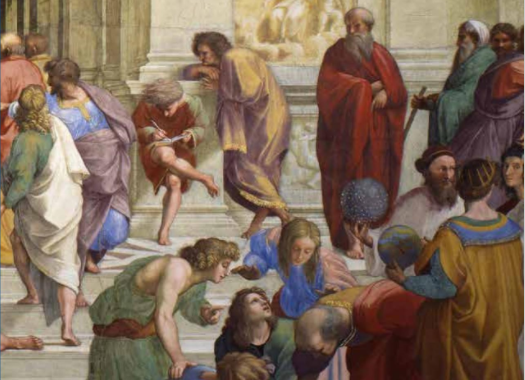“The Corpus Mysticum and Church Freedom: A Response to Edward David” by James Pennell
Interior of a Gothic Cathedral by Paul Vredeman De Vries, 1612. From the Los Angeles County Museum of Art. This article is part of our “Religious Corporations and the Law” series.If you’d like to check out other articles in this series, click here. This article is in response to Edward David’s recent article in Canopy. From…











